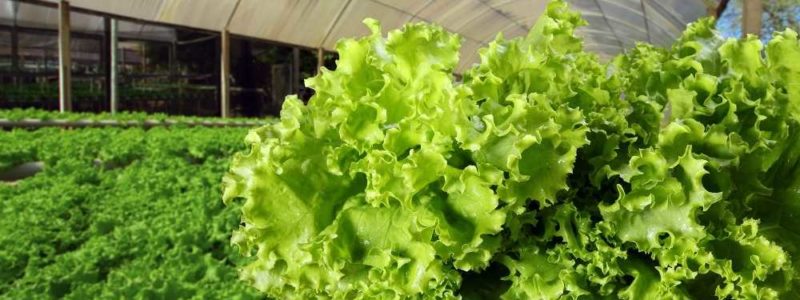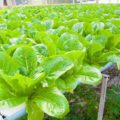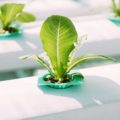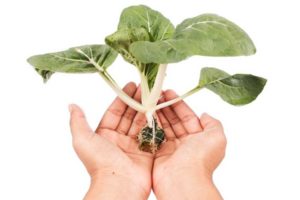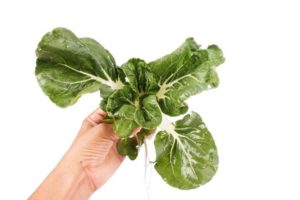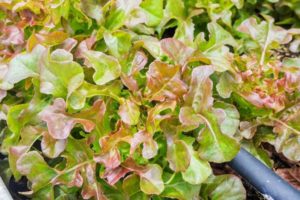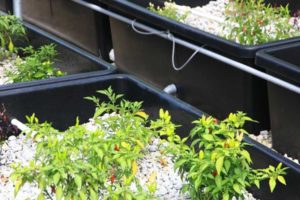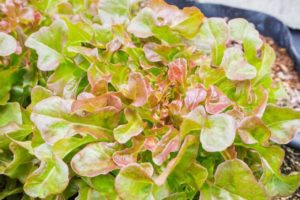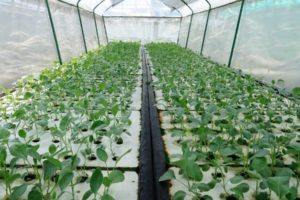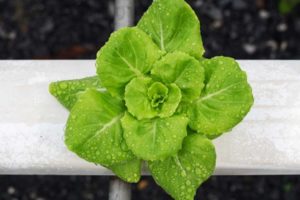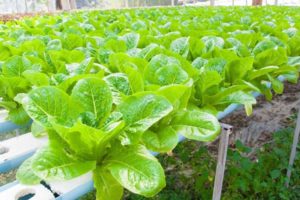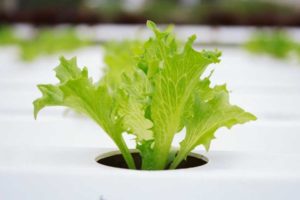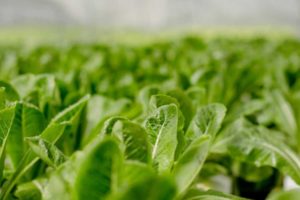In simplest terms, aquaponics is the combination of aquaculture, which is the system of raising aquatic animals such as fish in tanks and the system of hydroponics, which is the system of cultivating plants in a soil-free, water environment.
Separately, the aquaculture process can be troubled by the frequent occurrence of stagnation in the water due to the toxic wastes caused by the animals’ excretions, while the hydroponic system needs nutrients in order to be effective enough to be grown.
The merged process of aquaponics makes use of the symbiosis between the aquatic animals’ toxic waste beneficial to the plants by being broken down into nutrients which the plants can use which, in turn, clean and recirculate the water for the animals.
Aquaponics has been around since ancient times, though the exact first occurrence is a cause for debate. The Aztecs utilized a simple form of aquaponics for their agricultural islands known as “chinampas” where waste materials from the canals were used to manually irrigate the plants.
It is considered by some to be the earliest form of aquaponics. In some parts of Asia, farmers in rice paddies used aquatic animals such as carps and snails in conjunction with their rice growing, which is an example of early aquaponics.
Today, large-scale and modernized aquaponics set-ups are responsible for the growth of high-value crops such as trout and lettuce and raise awareness of the many benefits aquaponics could offer in terms of furthering plant and animal culture.
Aquaponics normally consist of two parts, which is the aquaculture part for raising the aquatic animals and the hydroponics part which oversees the growth of the plants.
In the most basic sense, the water in which the animals live in become toxic due to both the uneaten feed and the waste coming from the animals themselves, and the nature of the fish tank being an enclosed space and prone to stagnation.
Introducing the plants to the environment in a systemized way allows them to benefit from the effluent-rich water which contains nutrients essential to their growth, while at the same time benefitting the aquatic animals by way of cleaning their water environment.
In between this cycle are several other components which oversee the removal of the wastes from the aquatic animal environment and water oxygenation (keeping the water from stagnating), among others.
These subsystems are dependent on the sophistication of the aquaponics system itself. A more sophisticate yet costly unit could be more effective in solids removal and the biofiltration subsystems of the aquaponics set-up, which in turn is better at keeping the whole system efficient.
One of the more focused points of aquaponics is to prevent the direct circulation of water from the aquaculture part to the hydroponics part; controlling the flow of the water is essential in order to avoid problems that could present themselves in the system.
Another very important component of aquaponics is the microbiological process. The resulting waste from the aquaculture process releases ammonia which in high levels is very toxic to aquatic animals; however, ammonia itself cannot be used by the plants from the hydroponics system.
It needs to be converted into a form usable to the plants and that’s where the third integral component comes in.
Naturally-occurring bacteria called nitrifying bacteria converts the ammonia from waste into nitrite, and then into nitrate which plants can then consume. As the description states, these bacteria are natural and will present themselves when ammonia and nitrate are present.
In the end, aquaponics relies on three living organisms in order to be symbiotically successful: the aquatic animals from the aquaculture system, which produce the waste and excess feed that get turned into ammonia; the bacteria, which process the ammonia into nitrates and then into nitrites; and finally, the plants from the hydroponics system, which uses these nitrites for their nutrients.
This on-going cycle is very efficient as long as the harmony is struck between the three live organisms involved.
All in all, aquaponics is a very efficient system of growing food – both plant and animal. Its self-sustaining nature makes it favorable in terms of the amount of raw resources needed to start it up. Many estimates suggest reduced water usage by approximately 99 percent if one was to recycle the water within the closed system.
Compared with traditional agriculture, more water is being wasted as very little of it is used directly by the plants. Much of it is lost to evaporation, runoff and soil absorption which is unused by the plants.
It also lessens the amount of resources needed to clean out the aquaculture tanks since the waste is being converted into something useful by the bacteria. Hydroponics in itself has an unwanted output which is toxic water because of the chemical nutrients needed to grow the plants.
With the inclusion of an aquaculture environment, however, this removes the need for chemical components because of the nitrites provided by the bacteria. It truly takes the best of both worlds and leaves only the useful and efficient of both processes, including the end products of both plant and protein as opposed to choosing from one.

